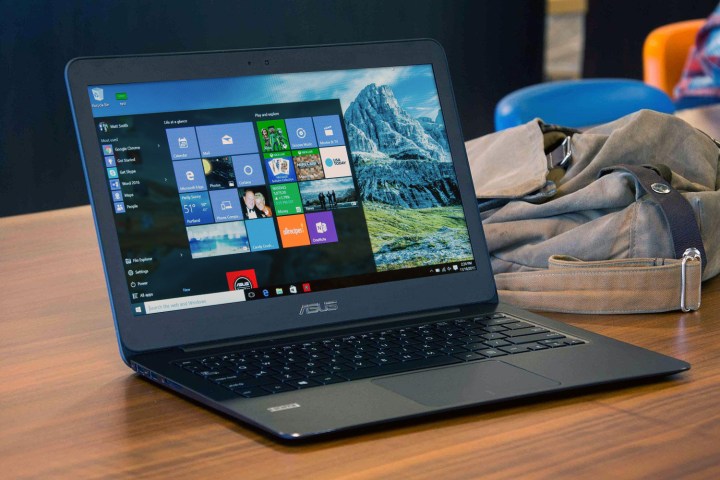
Multiple users are reporting that Windows 7 and Windows 8 product keys can still be used to upgrade to Windows 10 for free, according to a report from ZDNet. The process apparently works whether or not Windows 10 has previously been installed on the system in question.
A Microsoft representative declined to respond when the site asked whether this method would be clamped down upon, so it’s possible that older keys might not yield a copy of Windows 10 going forward.
Users can also get Windows 10 for free by enrolling in the Insider program. The drawback here is that the program exists to test new versions of the operating system ahead of their public release, so preview builds may bear some bugs, glitches, or other issues related to ongoing development.
You’ll also be running an inactivated version. This has no major downside, and many users do utilize Insider builds of Windows 10 without incident. But it’s worth noting that there is no way to transfer to the stable build without a valid licence.
Finally, users can still grab a free copy of Windows 10 by using a Microsoft program designed to help individuals that make use of assistive technologies including screen readers and on-screen magnification. This offer is still open as of the time of writing, and doesn’t require any authentication on the user’s part, according to a report from Extreme Tech. However, Microsoft has indicated that it plans to close this loophole soon.
At present, these are the easiest ways to obtain Windows 10 without paying a dime. It seems clear that Microsoft is still allowing interested users to upgrade for free without much difficulty, but it remains to be seen whether that will change in the near future.
Editors' Recommendations
- Scores of people are downgrading back to Windows 10
- Windows 11 might nag you about AI requirements soon
- Windows 11 tips and tricks: 8 hidden settings you need to try
- Windows 11 vs. Windows 10: finally time to upgrade?
- Windows 11 24H2 or Windows 12? Here’s what’s coming soon

